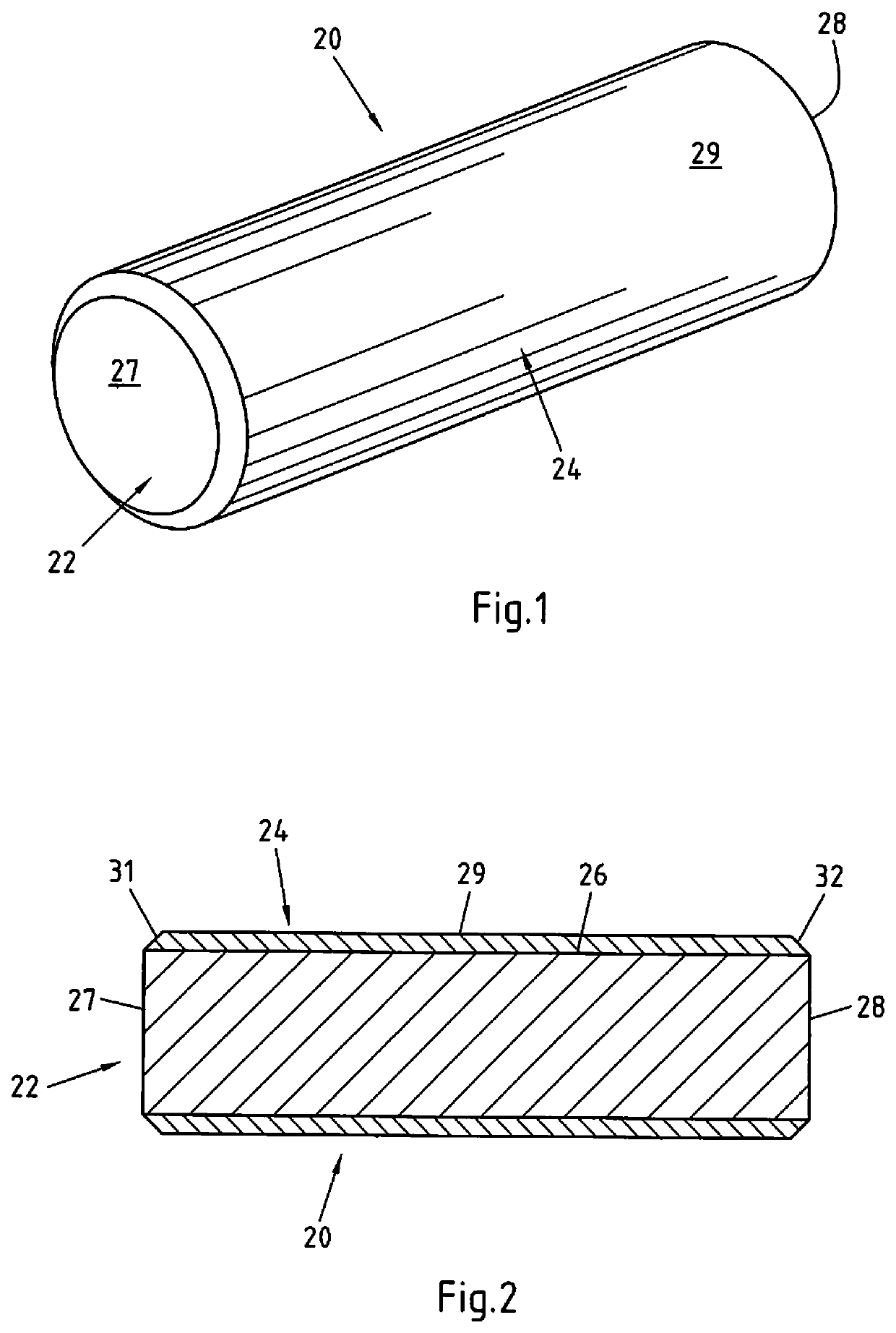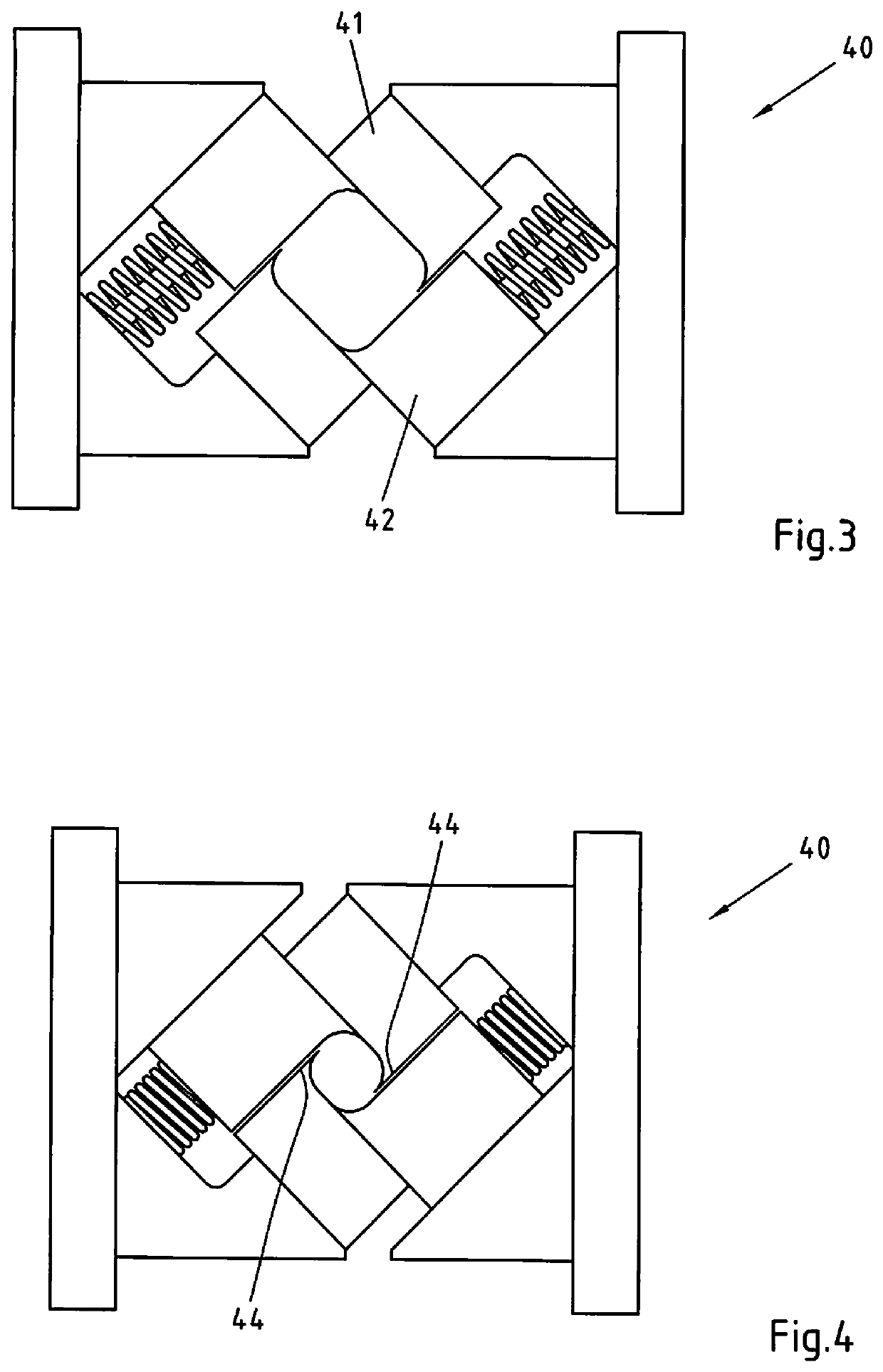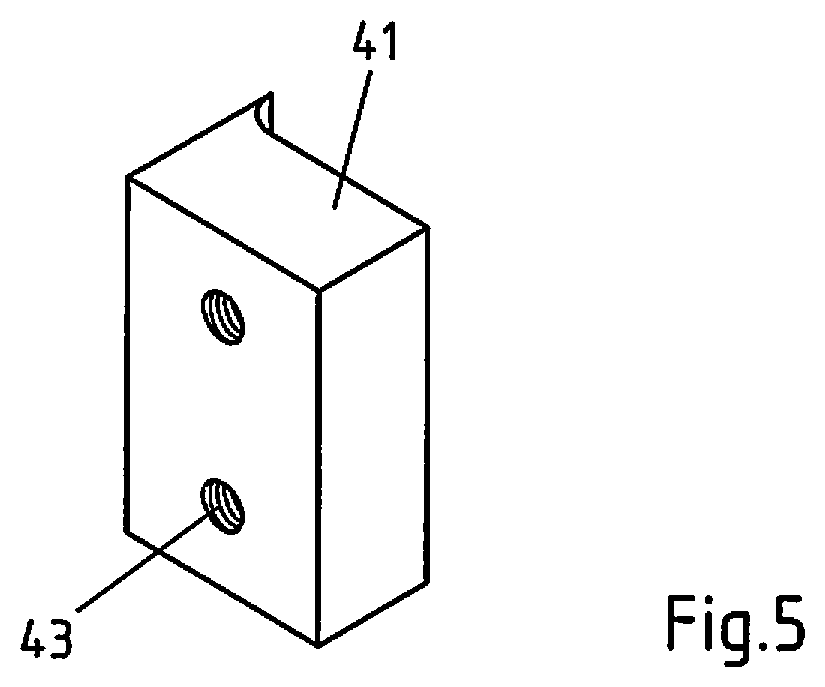Closure for a product-retaining container
a technology for retaining containers and wine products, applied in the field of closures for product retaining containers, can solve the problems of imposing the most burdensome standards on bottle closures, prior art systems often lack one or more of the generally desirable aspects of bottle closures for wine products, etc., and achieves the effects of reducing moisture absorption coefficients, reducing costs, and dimensional stability
- Summary
- Abstract
- Description
- Claims
- Application Information
AI Technical Summary
Benefits of technology
Problems solved by technology
Method used
Image
Examples
example 1
[0149]The sample products were produced on conventional co-extrusion equipment. Core member 22 was produced by employing low density polyethylene (LDPE) using an inert gas as physical blowing agent. The degree of foaming was adjusted so as to produce samples having a density of 231 kg / m3 (0.231 g / cm3), 241 kg / m3 (0.241 g / cm3) or 261 kg / m3 (0.261 g / cm3). In forming peripheral layer 24, a mixture of varying amounts of Maxelast® D01-048E (SEBS polymer from Nantong Polymax Elastomer Technology Co., Ltd) and Dow Affinity 8200 (metallocene polyethylene polymer from Dow Chemical Company) was employed. Each polymer component of the peripheral layer was supplied to a separate reservoir and fed directly from this reservoir to the extrusion equipment, where the respective peripheral layer polymer components were blended with each other and extruded. In the forming process, peripheral layer 24 was formed in the extrusion equipment peripherally surrounding core member 22 and being intimately bon...
example 2
[0151]Samples were tested for the properties of extraction force, compression recovery, skin adhesion and leakage. The comparative closures were subjected to the same tests as the closures according to the present disclosure. The results of the tests are shown in Table 2.
TABLE 2Inst.AverageSkinProductDiameter%extractionLeakageadhesionNo.(mm)Recoveryforce (N)(mm2)(N)1 19.596.626950011.5(comp.)219.396.32681005.6319.396.9n.d.+1007.5419.396.3n.d.+1007519.396.3n.d.+1006.36n.d.+n.d.+n.d.+200n.d.+7n.d.+n.d.+n.d.+300n.d.+819.497.1276200n.d.+919.897.128720010.410n.d.+n.d.+n.d.+200n.d.+(comp.)11n.d.+n.d.+n.d.+100n.d.+12n.d.+n.d.+n.d.+100n.d.+(comp.)13n.d.+n.d.+n.d.+100n.d.+14n.d.+n.d.+n.d.+0n.d.++n.d. = not determined
[0152]It is expected that leakage values improve (decrease) with increased core density. Surprisingly, the leakage values can be improved with the closures according to the disclosure, compared to known closures, even with a thinner peripheral layer, without impairment or even wi...
PUM
| Property | Measurement | Unit |
|---|---|---|
| thickness | aaaaa | aaaaa |
| thickness | aaaaa | aaaaa |
| density | aaaaa | aaaaa |
Abstract
Description
Claims
Application Information
 Login to View More
Login to View More - R&D
- Intellectual Property
- Life Sciences
- Materials
- Tech Scout
- Unparalleled Data Quality
- Higher Quality Content
- 60% Fewer Hallucinations
Browse by: Latest US Patents, China's latest patents, Technical Efficacy Thesaurus, Application Domain, Technology Topic, Popular Technical Reports.
© 2025 PatSnap. All rights reserved.Legal|Privacy policy|Modern Slavery Act Transparency Statement|Sitemap|About US| Contact US: help@patsnap.com



